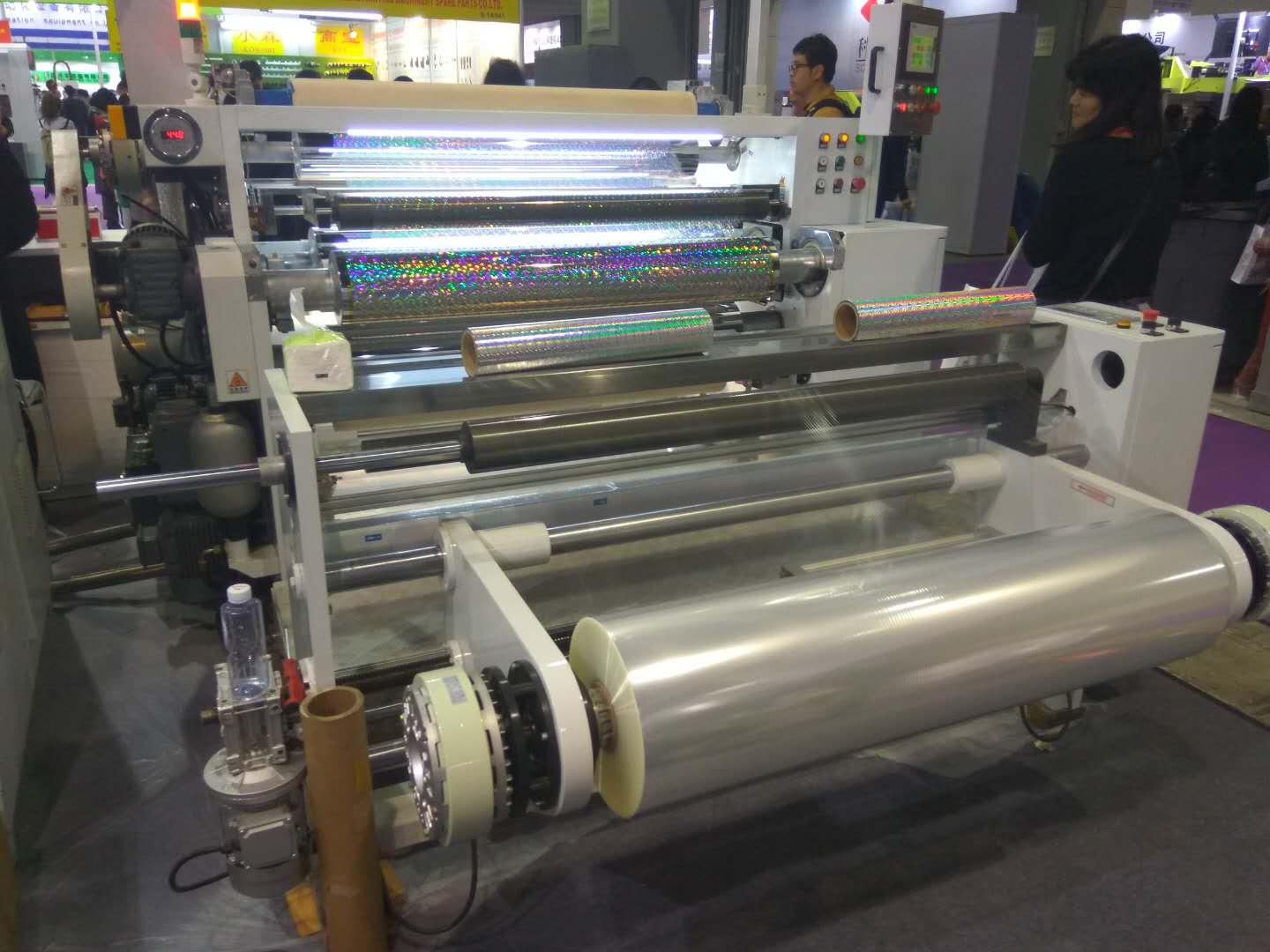In today’s global market, the need for anti counterfeit labels has become more crucial than ever. The rise of counterfeiting poses significant challenges for businesses, affecting brand reputation, customer trust, and revenue. This article aims to address the commonly asked questions about anti counterfeit labels and explore their importance in safeguarding products and brands.

What Are Anti Counterfeit Labels?
Anti counterfeit labels are security features designed to verify the authenticity of a product. They often include elements such as holograms, QR codes, and other intricate designs that are difficult to replicate. These labels serve as a deterrent to counterfeiters and provide consumers with a way to verify product authenticity.
How Do Anti Counterfeit Labels Work?
The working mechanism of anti counterfeit labels varies depending on the technology used. Some labels employ holographic images that change when viewed from different angles. Others use QR codes that can be scanned with a smartphone to verify authenticity. For more detailed examples, visit security printing in action.
Types of Anti Counterfeit Labels
Holographic Labels
Holographic labels are one of the most popular types of anti counterfeit labels. They are visually appealing and difficult to duplicate, making them an effective tool against counterfeiting.
QR Code Labels
QR code labels allow consumers to verify product authenticity using a smartphone. These codes can link to a website or database that confirms whether a product is genuine.
Security Printing Features
Security printing includes various techniques such as microtext, watermarks, and color-shifting inks. These features are difficult to replicate and add an additional layer of security to products.
Why Are Anti Counterfeit Labels Important?
Anti counterfeit labels are crucial for protecting brand integrity and consumer safety. Counterfeit products can be harmful and lead to significant financial losses for businesses. By implementing these labels, companies can ensure their products are genuine and safe for consumers.
Benefits of Using Anti Counterfeit Labels
There are numerous benefits to using anti counterfeit labels. These include protecting brand reputation, ensuring consumer safety, and reducing revenue loss due to counterfeiting. Moreover, these labels help in building consumer trust and loyalty.
Challenges in Implementing Anti Counterfeit Labels
While the benefits are clear, there are challenges to implementing anti counterfeit labels. Cost is a significant factor, as advanced security features can be expensive. Additionally, businesses must choose the right technology that fits their specific needs. For a deeper understanding of cost considerations, check out cost of anti-counterfeit printing.
How to Choose the Right Anti Counterfeit Label?
Choosing the right anti counterfeit label involves considering factors such as the type of product, the level of security needed, and budget constraints. It is essential to work with experienced providers who offer a range of options. For guidance, visit choosing the right printing partner.
Industries That Benefit from Anti Counterfeit Labels
Pharmaceutical Industry
The pharmaceutical industry faces significant risks from counterfeit drugs. Anti counterfeit labels play a vital role in ensuring medication safety and compliance. More information can be found at pharmaceutical serialization compliance.
Fashion and Apparel
Counterfeit fashion items are a major concern for brands. Anti counterfeit labels help in maintaining brand exclusivity and consumer trust.
Electronics
In the electronics industry, counterfeit products can pose safety risks and damage brand reputation. Anti counterfeit labels help in verifying authenticity and ensuring product safety.
Future of Anti Counterfeit Labels
The future of anti counterfeit labels looks promising, with advancements in technology leading to more sophisticated security features. Blockchain technology and AI are expected to play significant roles in the development of more advanced labeling solutions.
Common Myths About Anti Counterfeit Labels
There are several misconceptions about anti counterfeit labels, such as the belief that they are too expensive or ineffective. It is essential to understand the facts to make informed decisions. For more insights, read about common myths about anti-counterfeit printing.
How to Verify Authenticity Using Anti Counterfeit Labels?
Consumers can verify product authenticity by examining the security features on the label, such as holographic images or scanning a QR code. This process is straightforward and provides peace of mind.
Role of Technology in Anti Counterfeit Labels
Technology plays a critical role in the development of anti counterfeit labels. Innovations such as blockchain, AI, and IoT are paving the way for more secure and efficient labeling solutions.

FAQs
What materials are used for anti counterfeit labels?
Various materials are used, including holographic films, special inks, and tamper-evident materials to enhance security.
Can anti counterfeit labels be reused?
No, these labels are designed to be tamper-evident and should not be reused, ensuring product authenticity with each use.
Are anti counterfeit labels eco-friendly?
Many companies are now focusing on creating eco-friendly anti counterfeit labels, utilizing sustainable materials and processes.
For more information on this topic, you can visit anti-counterfeit packaging.
This article contains affiliate links. We may earn a commission at no extra cost to you.







